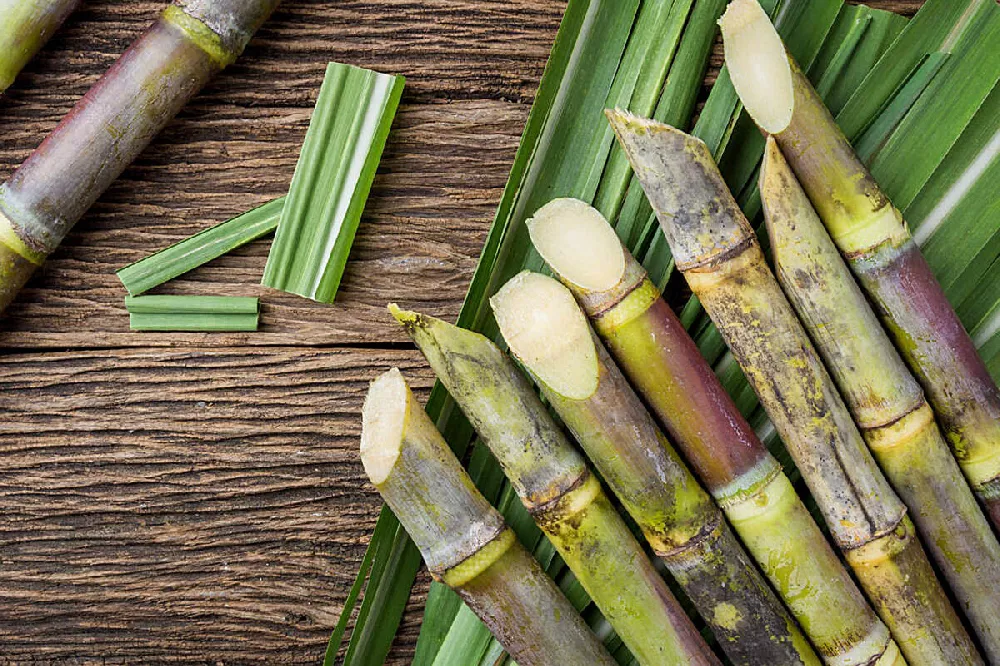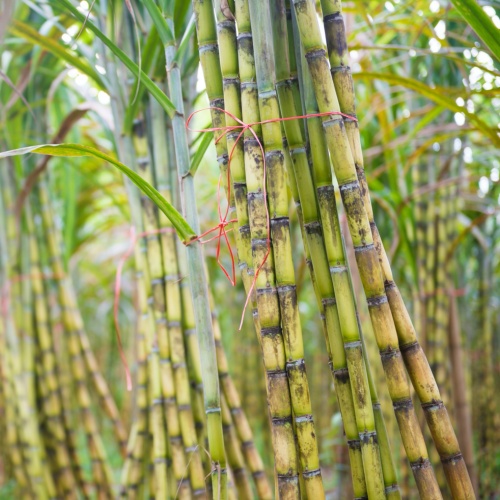A Comprehensive Guide to the Ecological Impact and Sustainability Practices in Cane Sugar Handling
The environmental effect of walking stick sugar handling provides a complex array of difficulties that warrant careful assessment. From soil destruction and too much water usage to the carbon impact associated with growing and manufacturing, the repercussions of conventional methods are significant. On the other hand, the adoption of innovative sustainability procedures uses a path towards more liable production techniques. Comprehending the interplay between these issues is crucial for stakeholders in the sector. What particular techniques can be applied to strike an equilibrium in between productivity and ecological stewardship? The answers depend on a better check out both the difficulties and possible remedies.
Review of Walking Stick Sugar Processing
Walking stick sugar processing entails a series of organized actions that change sugarcane right into polished sugar. At first, gathered sugarcane is moved to refining centers, where it goes through cleaning to get rid of dirt and particles. Following this, the walking cane is crushed to extract juice, which is then made clear by eliminating pollutants with heating and the enhancement of lime.
The made clear juice goes through dissipation, where water is eliminated to concentrate the sugar material. These crystals are divided from the staying syrup using centrifugation, resulting in raw sugar.
The end product is then dried out and packaged for circulation. Throughout this entire process, keeping performance and quality control is necessary to ensure the sugar satisfies sector requirements. Each step in walking cane sugar processing not only contributes to the last product however likewise has implications for source usage and waste generation, establishing the stage for conversations on sustainability and environmental effects linked with sugar manufacturing.
Environmental Challenges of Manufacturing
The manufacturing of walking stick sugar provides a number of significant environmental challenges that warrant attention. One primary concern is the considerable use of agrochemicals, including fertilizers and pesticides, which can bring about dirt degradation, biodiversity loss, and contamination of regional water resources. The runoff from sugarcane fields typically carries these chemicals into close-by communities, interrupting water life and affecting the health of communities reliant on these water bodies.
Another difficulty is the high power consumption connected with sugarcane processing. The boiling and refining stages need significant warmth, primarily produced by melting fossil gas, adding to greenhouse gas emissions. Furthermore, the expansive land location required for sugarcane cultivation can lead to logging and habitat damage, more worsening climate modification and harmful wildlife.
Furthermore, the labor practices in some regions raise ethical issues, as workers may encounter poor working conditions and poor incomes. This circumstance typically bolsters a cycle of destitution in local areas. Cane Sugar Processing. Attending to these ecological difficulties is vital for developing a lot more sustainable techniques in walking cane sugar manufacturing, ultimately benefiting both the setting and the areas involved in this industry
Water and Land Usage Influence
Water sources and land usage are vital parts in the cane sugar sector that dramatically influence the environment. The cultivation of sugarcane calls for significant water input, with quotes recommending that it can eat approximately 2,000 litres of water per kilo of sugar generated. This extensive usage of water usually brings about exhaustion of local water resources, affecting not only the sugarcane plantations but also surrounding ecosystems and areas that rely upon the very same water resources for farming and domestic use.

Additionally, land use for sugarcane growing can result in deforestation and the conversion of all-natural environments right into monoculture plantations. This method lessens biodiversity, interrupts regional communities, and adds to dirt destruction. The growth of sugarcane areas typically elbows in on valuable farming land, creating competition for resources in between food and biofuel manufacturing.
Lasting practices, such as enhancing irrigation strategies and carrying out plant turning, are important to mitigate these effects. By embracing more efficient water use and land management approaches, the walking stick sugar industry can minimize its environmental footprint, ensuring a balance in between agricultural productivity and environmental preservation.
Greenhouse Gas Emissions
Greenhouse gas exhausts stand for a substantial ecological concern within the walking stick sugar handling industry, particularly as farming methods expand to satisfy worldwide need. The farming of sugarcane, a plant that thrives in exotic environments, depends heavily on artificial fertilizers and chemicals, which add to nitrous oxide exhausts. Additionally, land-use changes, consisting of deforestation for new site link sugarcane ranches, launch carbon dioxide stored in plant life and soil.
Throughout handling, power usage is an additional significant source of greenhouse gas discharges - Cane Sugar Processing. Many sugar mills use nonrenewable fuel sources to power equipment and generate heat, leading to significant carbon footprints. In addition, the transport of raw sugarcane and ended up products adds layers of discharges through fuel combustion in cars
This entails assessing current agricultural techniques, processing methods, and transport systems to identify areas for enhancement and reduction. Addressing greenhouse gas exhausts is necessary for promoting an extra lasting walking cane sugar industry in a transforming environment.

Lasting Practices and Innovations
Sustainable methods and technologies are significantly vital in the walking stick sugar handling market as stakeholders seek to minimize environmental influences while preserving efficiency. One substantial innovation is the implementation of incorporated plant administration, which enhances resource usage by combining soil management, insect control, and crop rotation techniques. This strategy boosts return while minimizing chemical inputs and maintaining dirt health and wellness.
Additionally, the fostering of renewable resource resources, such as biomass from sugarcane deposits, has acquired grip - Cane Sugar Processing. By converting waste items into power, refining centers can decrease their dependence on nonrenewable fuel sources, thereby reducing greenhouse gas emissions
Water management techniques have also seen improvements with the recycling and reusing of water in processing plants, substantially decreasing freshwater intake. Advancements in innovation, such as accuracy farming, make it possible for farmers to check plant health and wellness and source usage more successfully, making certain sustainable growing practices.
In addition, certification programs like Fair Profession and Rain forest Partnership encourage environmentally accountable farming techniques and advertise social equity within the supply chain. By embracing these lasting techniques and advancements, the walking cane sugar handling sector can boost its durability and contribute favorably to ecological stewardship.
Verdict
The environmental impact of walking cane sugar processing presents substantial difficulties, consisting of soil deterioration, high water consumption, and greenhouse gas emissions, alongside moral worries connected to labor practices. Attending to these problems through lasting techniques, a fantastic read such as incorporated plant management, sustainable energy adoption, and water recycling, is important. By advertising socially fair and environmentally accountable methods in sugar manufacturing, the industry can minimize its damaging effects, ensuring an extra sustainable future for both areas and environments associated with this field.
Cane sugar processing entails a collection of organized steps that transform sugarcane right into polished sugar. Each step in walking cane sugar processing not only adds to the final item yet likewise has implications for source use and waste generation, establishing the stage for discussions on sustainability and environmental impacts associated with sugar production.
Greenhouse gas discharges stand for a substantial ecological problem within the cane sugar handling market, especially as agricultural methods broaden to fulfill global demand.Sustainable methods address and advancements are progressively vital in the cane sugar handling sector as stakeholders seek to decrease environmental impacts while maintaining performance.The environmental influence of cane sugar processing provides substantial challenges, consisting of soil deterioration, high water consumption, and greenhouse gas discharges, alongside honest worries connected to labor practices.